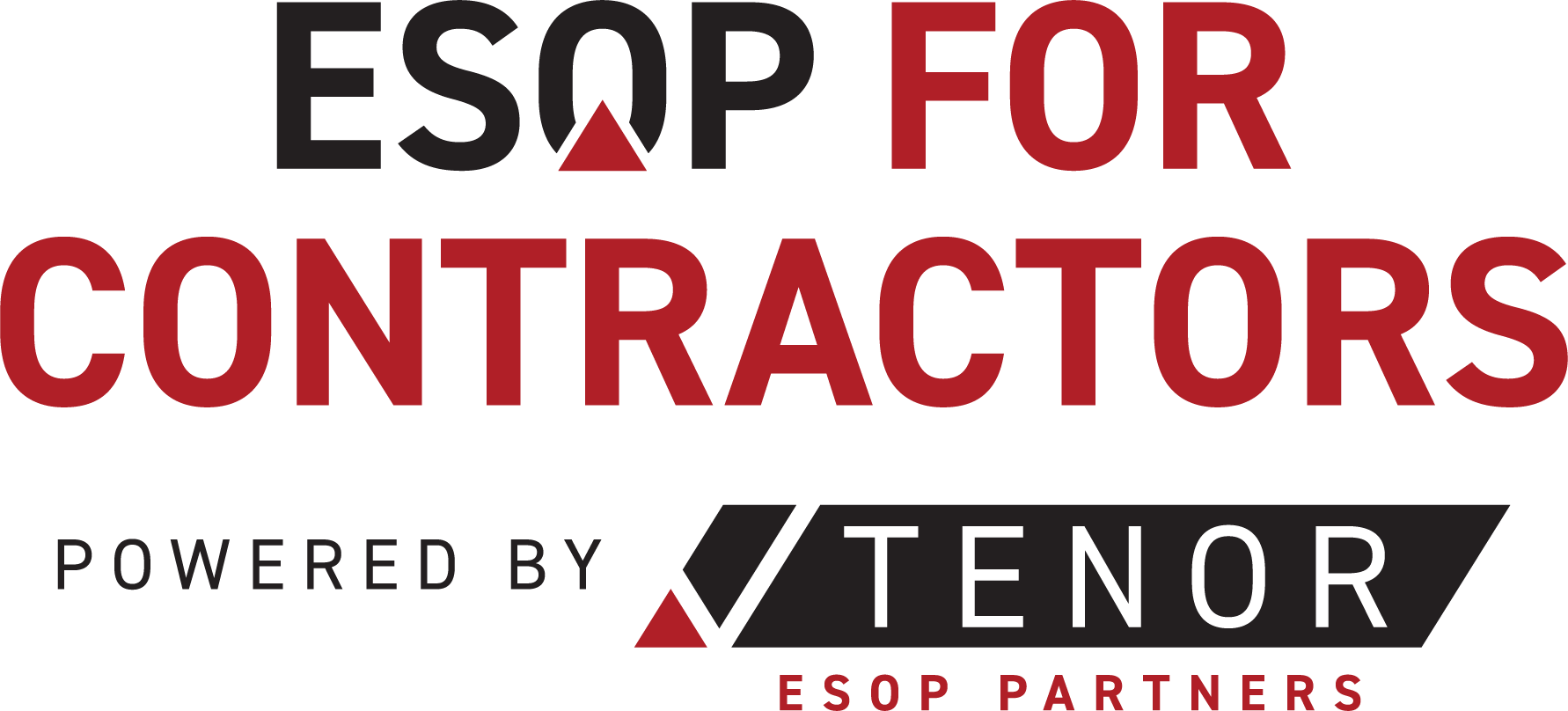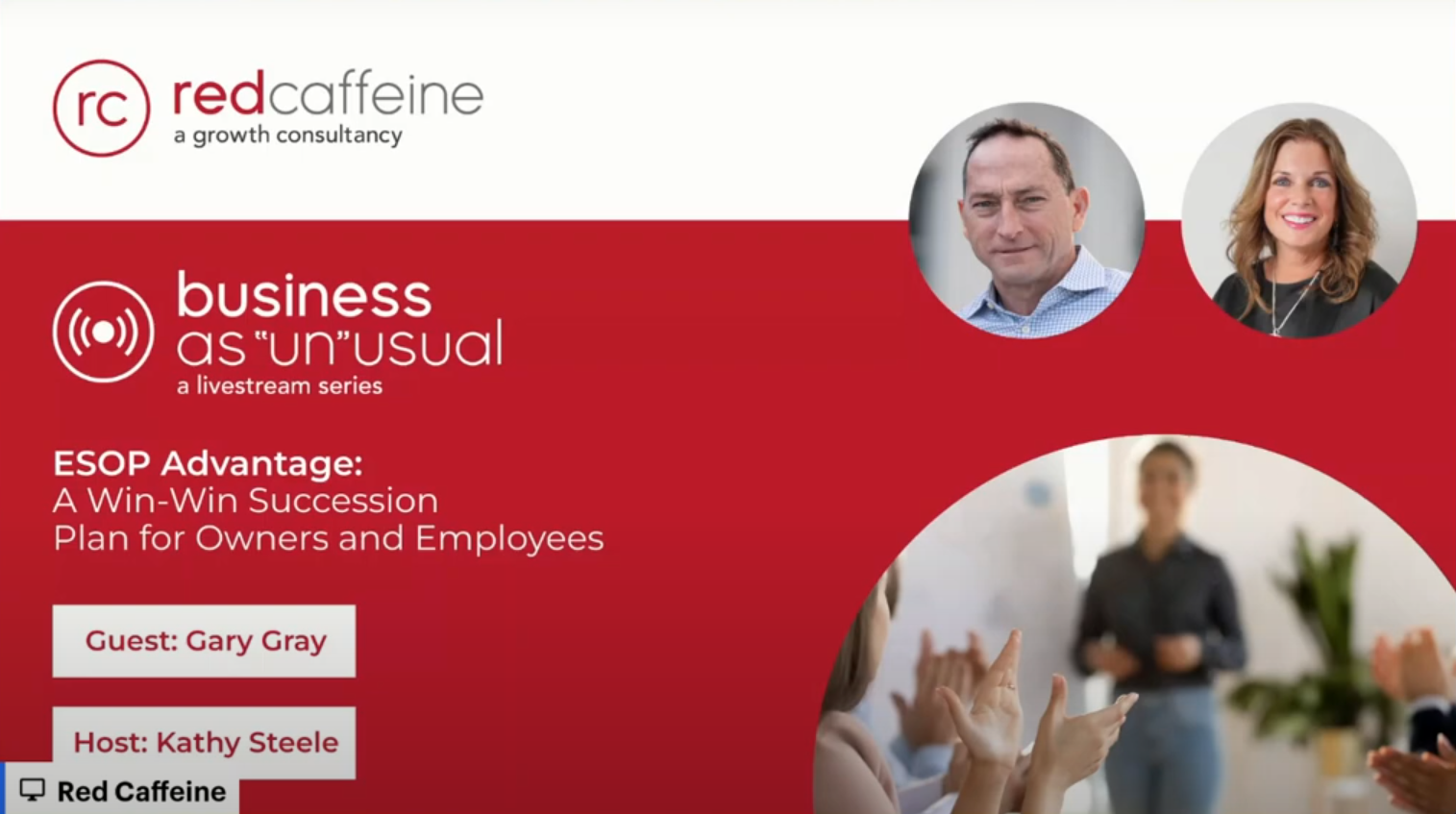Time to read: 9 minutes
Family Succession vs. Employee Ownership in Contracting Businesses
Introduction: Two Paths for Your Contracting Business
As a contractor business owner approaching transition planning, you face a critical decision that will impact both your financial future and your company's legacy. While many owners initially assume family succession represents the obvious path, employee ownership models—particularly Employee Stock Ownership Plans (ESOPs)—have gained significant traction in the contracting industry. Understanding the comparative strengths and limitations of each approach helps you make an informed decision based on your specific circumstances.
Family Succession: Strengths and Challenges
When Family Succession Works Well
Family succession offers compelling advantages when the right conditions exist:
Qualified, Interested Successors: When your children or relatives have both the interest and capability to take over your contracting business, family succession maintains personal legacy while keeping operational knowledge within the family. This works particularly well when the next generation has gained relevant industry experience and demonstrated leadership capability.
Strong Family Relationships: Successful transitions depend on healthy family dynamics that can withstand the pressures of business ownership. When family relationships remain strong through disagreements, the business benefits from aligned long-term vision and values continuity.
Financial Alignment: Effective family successions require practical solutions for your retirement needs while ensuring the business remains financially viable. When the business generates sufficient cash flow to support both generations' financial needs, family succession becomes more feasible.
Challenges Specific to Contracting Businesses
The contracting industry presents unique family succession challenges:
Technical Knowledge Gaps: Unlike retail or service businesses, contracting requires specialized technical knowledge that family members may lack. Construction mistakes carry significant financial and safety consequences, making capability gaps particularly problematic.
Bonding Relationship Transitions: Your surety relationships often depend on personal trust built over decades. Transferring these critical relationships requires demonstrated capability that family successors may not have established.
Capital-Intensive Requirements: Contracting businesses typically require significant capital for equipment, project funding, and bonding capacity. Family members often lack the financial resources to purchase your ownership stake without creating excessive debt burdens.
Leadership Credibility with Field Teams: Construction teams often respect hands-on experience above family connections. Successors without field experience frequently struggle to establish the credibility needed for effective leadership.
Employee Ownership: Strengths and Considerations
Why Contractors Choose Employee Ownership
Employee ownership through ESOPs has become increasingly common in contracting businesses for several reasons:
Preserves Operational Continuity: Unlike many transition approaches, employee ownership maintains existing management structures and operational systems. This continuity proves particularly valuable in contracting, where project delivery depends on established processes and relationships.
Rewards the Team That Built the Business: Your success likely depended on key employees who managed projects, maintained client relationships, and built your reputation. Becoming employee-owned allows these individuals to share in the value they helped create while maintaining their roles.
Tax Advantages Enhance Cash Flow: Employee-owned S-Corporations pay no federal income tax on profits attributable to employee-owned shares. For capital-intensive contracting businesses, this tax advantage creates substantial additional cash flow for equipment investment, debt repayment, and bonding capacity enhancement.
Gradual Transition Option: Employee ownership allows for phased implementation, enabling you to sell portions of your business over time rather than in a single transaction. This gradual approach maintains operational stability while providing retirement funding flexibility.
Implementation Considerations for Contractors
While employee ownership offers significant advantages, it requires careful consideration:
Administrative Requirements: Employee ownership plans involve ongoing administrative responsibilities, including annual valuations, compliance reporting, and participant account management. These requirements necessitate professional support but prove manageable for established contracting businesses.
Communication Challenges: Transitioning to employee ownership requires effective communication about what ownership means—and doesn't mean—for day-to-day operations. Construction workforces with varying education levels and seasonal employment patterns present unique communication challenges.
Valuation Dynamics:
Your contracting business value fluctuates with project cycles, backlog levels, and economic conditions. Employee ownership valuations must account for these industry-specific factors to accurately reflect the company's true worth.
Industry-Specific Considerations
Commercial Construction
Commercial contractors face specific transition considerations:
Family Succession Factors: Commercial construction often involves complex project management and client relationship skills developed over time. Family successors without significant industry experience typically struggle to maintain these critical client relationships.
ESOP Advantages: The project management teams who maintain client relationships become partial owners through employee ownership, enhancing retention while preserving valuable client connections. The tax advantages significantly improve bond-ability by strengthening financial statements—a critical factor for commercial contractors bidding large projects.
Specialty Trades
Specialty contractors encounter unique transition challenges:
Family Succession Factors: Technical expertise represents the core value in many specialty trades. Family succession works well when successors have mastered the trade through hands-on experience and earned respect from field teams.
ESOP Advantages: Employee ownership particularly benefits specialty contractors where skilled tradespeople directly impact quality and profitability. Becoming employee-owned helps retain these valuable employees while maintaining technical capabilities during leadership transitions.
Heavy Civil/Infrastructure
Civil contractors face distinct transition considerations:
Family Succession Factors: Equipment-intensive civil contracting requires significant capital that family successors often cannot access without excessive leverage. Additionally, the project timelines often extend beyond typical transition periods, creating continuity challenges.
ESOP Advantages: The tax benefits of employee-owned companies create substantial additional cash flow for equipment investment and replacement—a critical advantage in capital-intensive civil contracting. Employee ownership structures help maintain the project supervision continuity essential for multi-year infrastructure projects.
Residential Building
Residential contractors encounter specific succession dynamics:
Family Succession Factors: Customer-facing roles in residential construction often transfer more easily to family members than technical positions. Residential succession works best when the business has established systems that don't rely exclusively on the owner's personal involvement.
ESOP Advantages: Production homebuilders benefit from the workforce stability that employee ownership promotes, particularly for superintendents and project managers who directly impact quality and schedule adherence. The tax advantages of becoming employee-owned improve financial resilience through housing market cycles.
Making the Right Choice for Your Business
Key Decision Factors
Your specific circumstances should guide your transition decision:
Successor Capability Assessment: Objectively evaluate whether potential family successors possess both the interest and capability to successfully lead your contracting business. Consider technical knowledge, leadership skills, and industry relationships.
Financial Requirements Analysis: Determine your personal financial needs from the transition and whether potential family successors can meet these requirements without excessive strain on the business. Compare against the financial implications of employee ownership implementation.
Business Readiness Evaluation: Assess whether your business systems, management team, and financial performance support your preferred transition approach. Both family succession and employee ownership require businesses with sustainable operations beyond the owner's direct involvement.
Tax Implication Comparison: Work with experienced advisors to understand the tax implications of each approach given your specific situation. The tax advantages of becoming employee-owned often prove substantial for profitable contracting businesses.
Hybrid Approaches
Many successful transitions combine elements of both models:
Family Leadership with Broader Ownership: Some contracting businesses maintain family leadership positions while implementing partial employee ownership plans that share ownership more broadly. This approach preserves family involvement while creating ownership opportunities for key employees.
ESOP Implementation with Family Involvement: Other contractors become fully employee-owned while maintaining family members in key roles. This structure provides tax advantages and ownership continuity while preserving family involvement where capabilities align.
Conclusion: Selecting Your Optimal Path
Both family succession and employee ownership offer viable transition paths for contracting businesses when properly aligned with your specific circumstances. Family succession works best when qualified, interested successors can finance the purchase while maintaining operational capability. Employee ownership through ESOPs provides an alternative that maintains operational continuity, rewards key employees, and offers significant tax advantages.
The most successful transitions begin with honest assessment of your personal goals, successor capabilities, and business requirements. By understanding the comparative advantages of each approach in your specific contracting sector, you can choose the path that best secures both your financial future and your company's legacy.
How to get started
Getting started with an Employee Stock Ownership Plan (ESOP) can transform your contracting business, unlocking potential for growth and ensuring lasting value for everyone involved. At ESOP for Contractors, we understand the intricacies of the process, from assessing your company's current status to designing a tailored ESOP that aligns with your goals.
Our leadership team knows firsthand how to create winning strategies that benefit both owners and team members alike. If you're curious about how an ESOP could enhance your business's future, we invite you to reach out for a free consultation. Let’s explore how we can help you achieve sustainable success together!

Gary Gray, Founder
Book a Free Consultation
Interested in a free consultation for your contracting business? Send us a message - We’re here to help.
Thank you for contacting us! We’ve received your message and will get back to you as soon as possible. If you need immediate assistance please call us at 404-849-0244.
Please try again later















